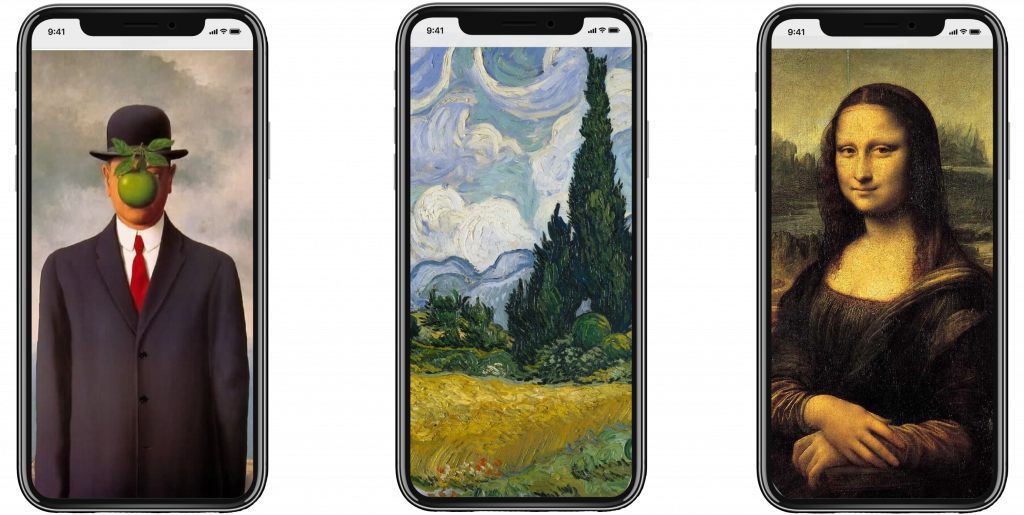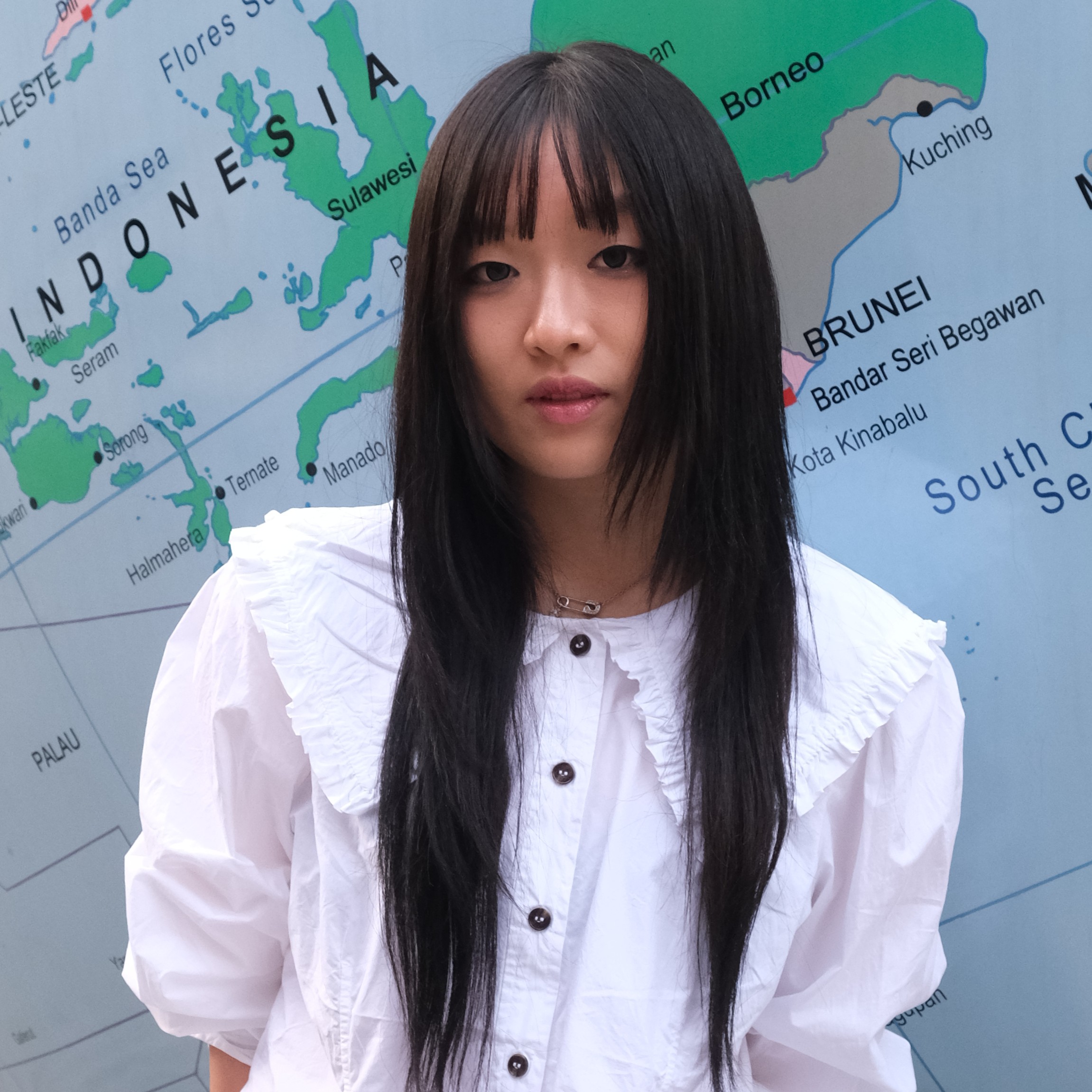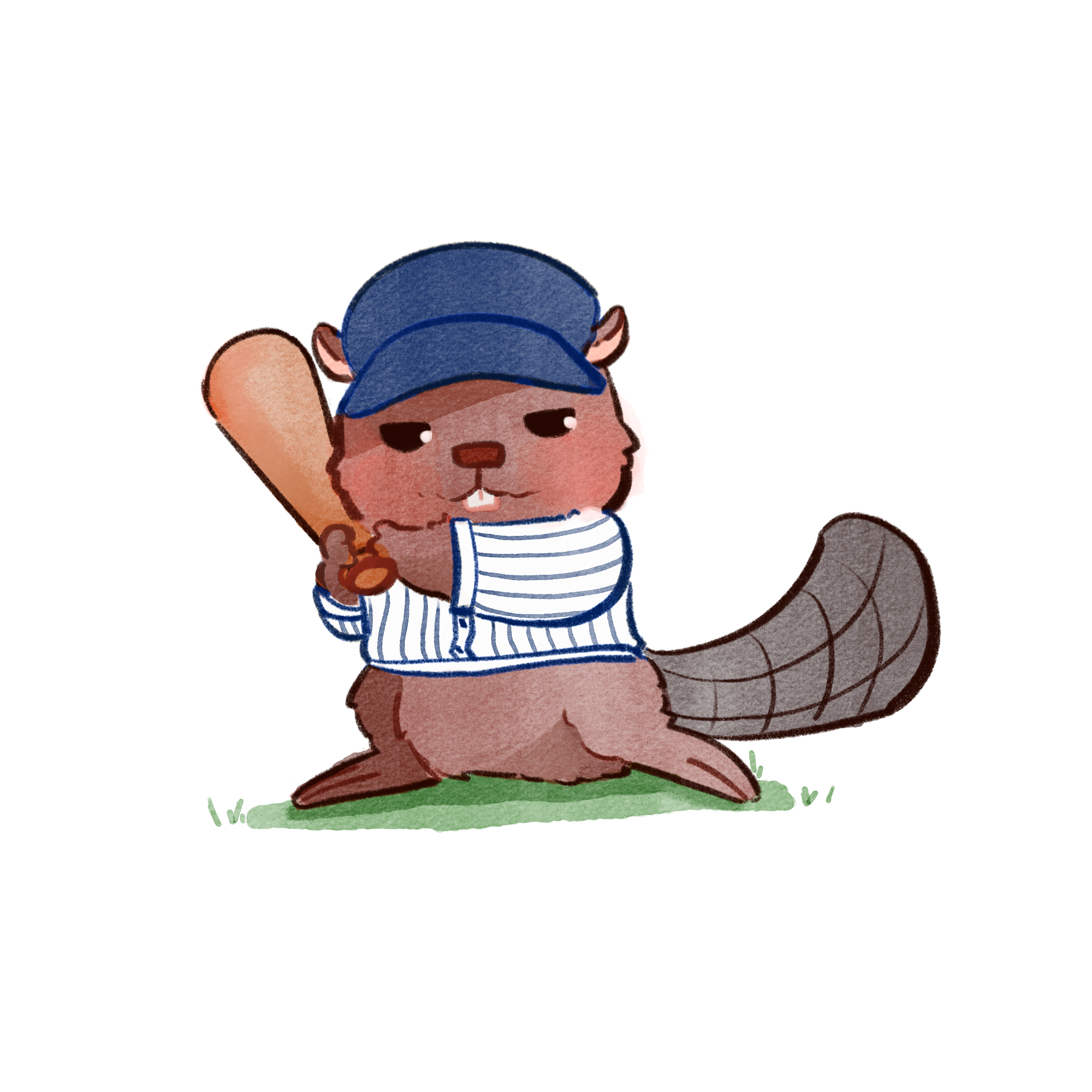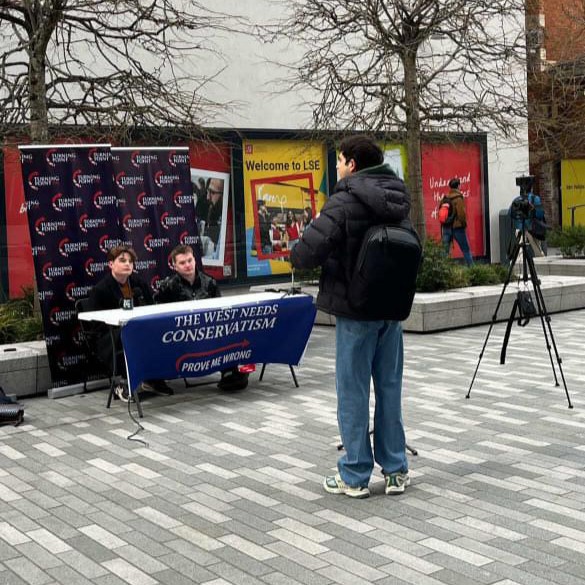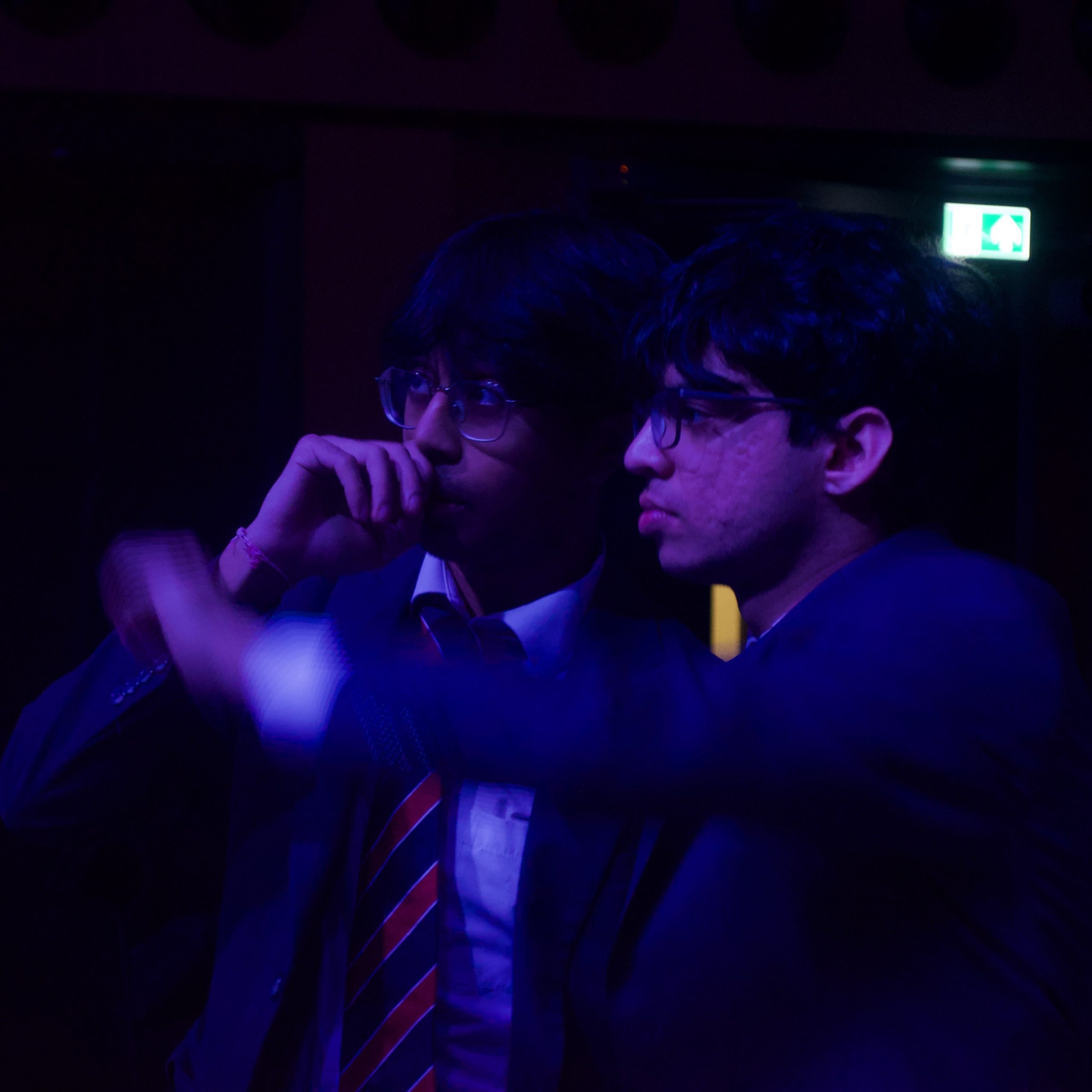(commentary and interview of Juliet Klottrupp by Lily Whittle and illustration by Vaneeza Jawad)
The internet has transformed the way we interact with art and artists. There are now two perspectives to the world: online and ‘IRL’ (in real life). Art is no longer exclusively found in galleries: it is posted online every second.
But how far will this go? Is digital art destined to replace traditional art?
Nowadays, artists are using social media as a marketing tool, giving them access to a global audience. According to a study done by Artsy in 2015, 87% of surveyed art collectors looked at social media for new content twice a day. This figure must undoubtedly be much higher six years on.
Photographer and filmmaker Juliet Klottrupp spoke to me about the way she believes social media has impacted her career. Juliet is the winner of BP’s Portrait of Britain award in 2020 and has worked with the likes of Barbour, Vice, and Nikon.
Lily Whittle: “When you were starting out, how useful was social media to you?”
Juliet Klottrupp: “It was useful in that I was able to see more closely in the process of other creative practitioners I admired. You can see more BTS stuff, what cameras people are using; where they’re getting film developed etc… Also, for brands I was able to connect with them directly not via another agency but straight to their DMs.”
Lily: “Is ‘art social media’ a positive space for all artists?”
Juliet: “Not all. For some of my creative peers they are against the infinite scroll of socials. The pressure they can feel to be seen, to be ‘busy’ or collaborating…or posting work or sharing work that’s in progress. They’ve opted out but have found engagement in their work harder away from socials.”
Lily: “How has social media changed your relationship to your work?”
Juliet: “I think it’s made me more organised when I’ve finalised a project to imagine it being wrapped up, posted online and shared on socials almost like an evaluation. It’s distracting as hell but it’s also very useful.”
Lily: “Do you think it has opened new opportunities to you?”
Juliet: “For me, 100%. It’s a levelling platform in some ways. You can have access to talks, contacts, people, without having to be in the same city or room! Over the last year whilst IRL contact has been down, the engagement over socials has been huge. It’s down to individual personal preference about how it fits with you as a maker.
“I was working with a model recently who is very ‘successful’ – lots of followers, gets regular work and posts so much content. They said, ‘it’s not that deep’. It made me think: is that very laid-back attitude a contributor to their success on socials? That they’re not troubled by how they navigate it so it’s more organic? Which when we had socials down the other day you realise you can’t be dependent on it! It’s sort of fickle in the end.”
For Juliet the goal is still to get artwork out there in real life. Social media is a facilitator rather than a place for artwork. But what happens when artworks become digitalised? The rising production of non-fungible tokens, or NFTs, is changing the way we view online artwork. NFTs are digital artworks that are entirely unique (like an original painting) but exist only in the digital sphere. They are shaking up the way we understand art and art collecting, with big names such as Grimes selling a 50 second NFT video for $390000.
With the introduction of virtual gallery tours during lockdown and artists posting more of their art online now than ever, it isn’t inconceivable that this could be the future. Even now, the way we interact with art has become digitalised. The recent Yayoi Kusama “Infinity Mirrored Rooms” exhibition received incredible attention on social media. This immersive installation drew in thousands of Instagram users who took the opportunity to snap a selfie. #yayoikusama now has over 960k posts attributed to it.
It is unclear which direction the art world is going to take. But I believe it is clear that real-world art is going nowhere. The fickle nature of the internet means we will never be able to rely on it fully. A digital piece of art does not evoke the same feelings as seeing something in the flesh. No one can claim they’ve seen the Mona Lisa if they’ve googled a picture of it.
The digital fatigue of lockdown has left us all hyper aware that the online world is nothing compared to real life. While artists will undoubtedly adapt to whatever is thrown their way, it is unlikely we will be seeing the death of the art gallery any time soon. After all, art is so much more than how it looks – something we cannot feel by simply looking at it through a screen.

